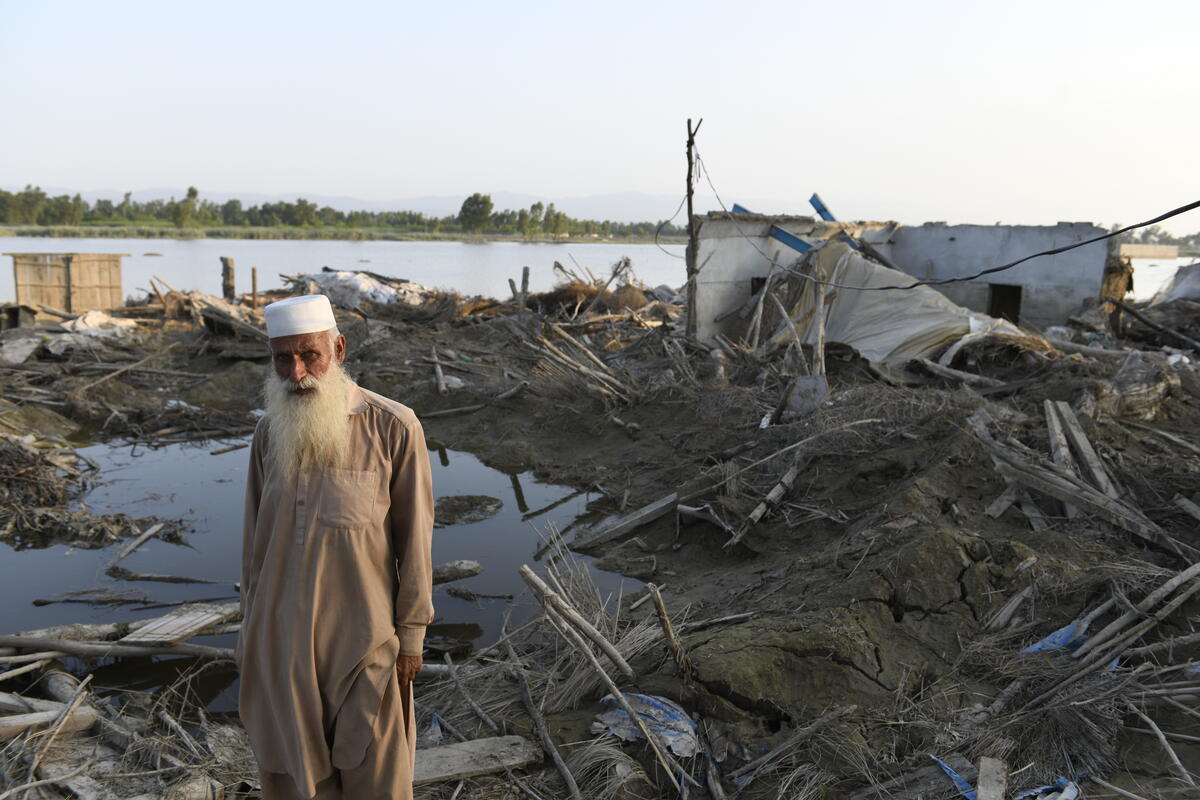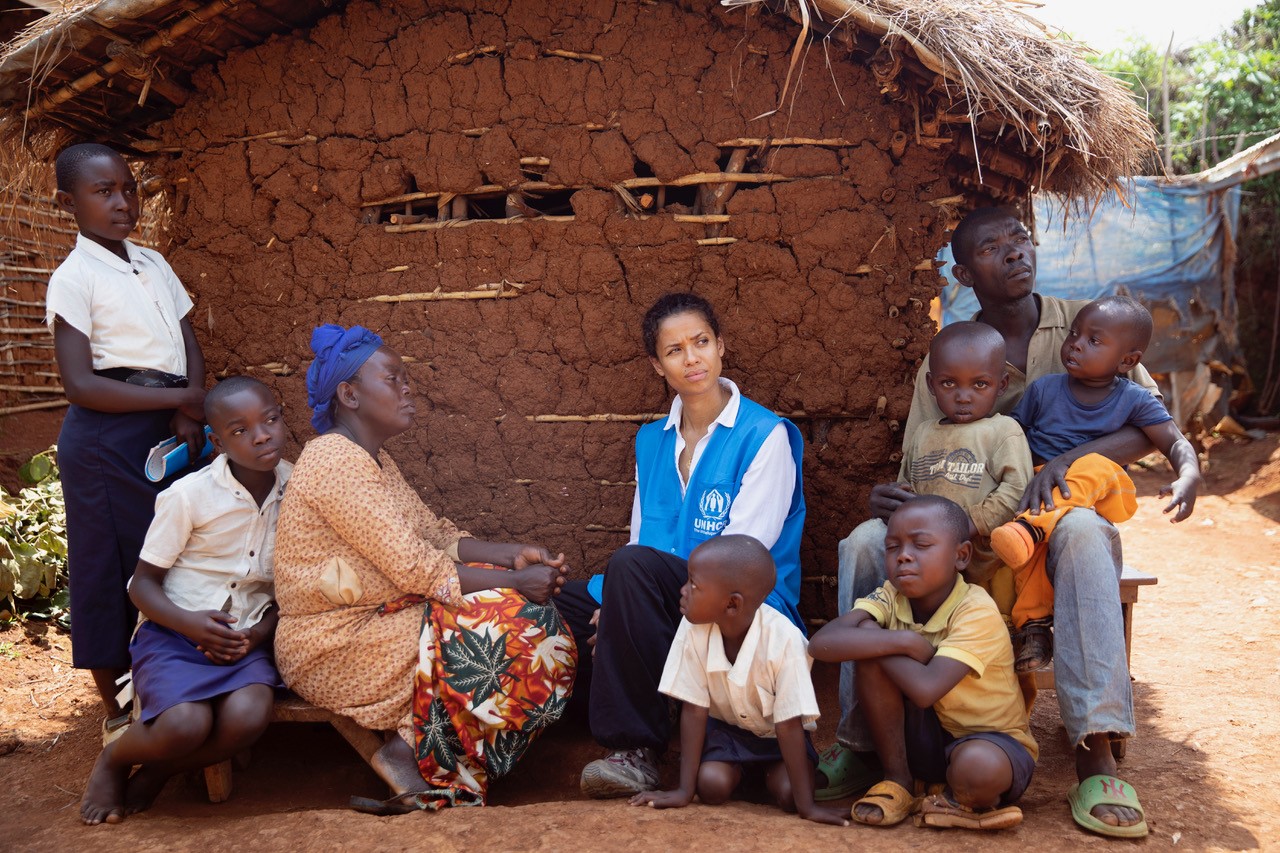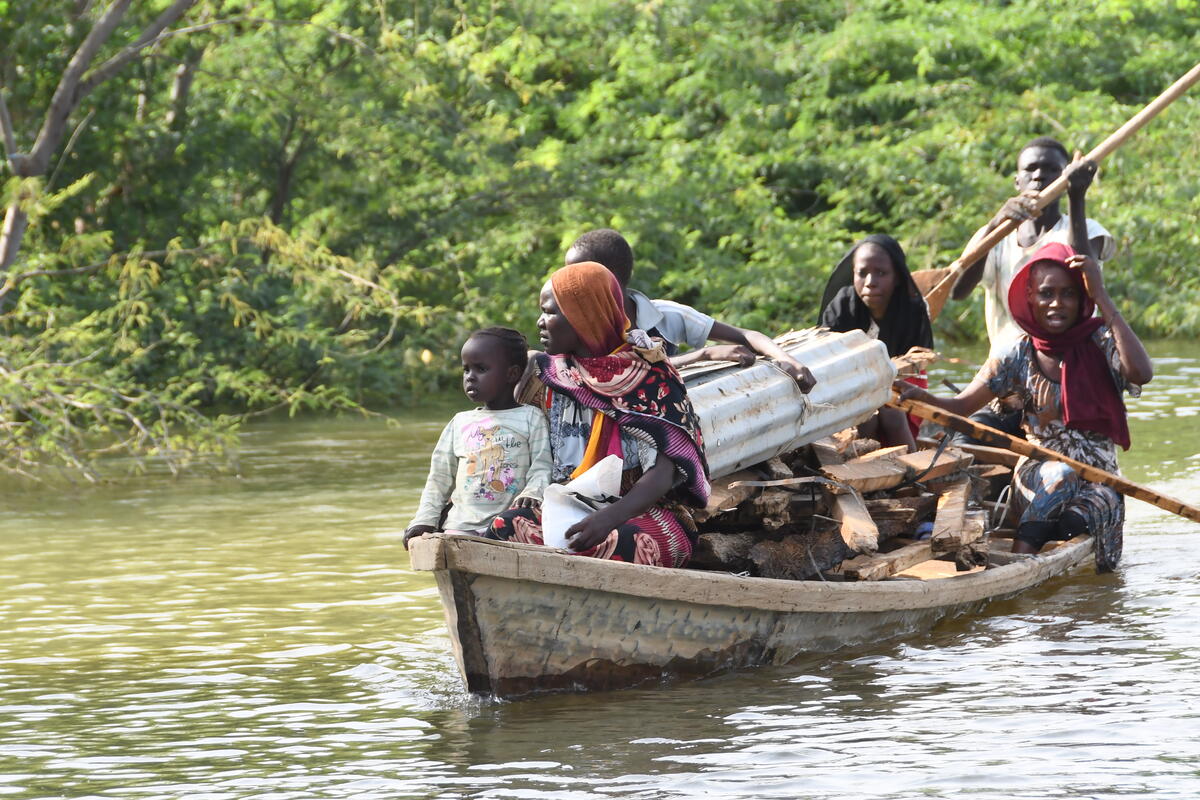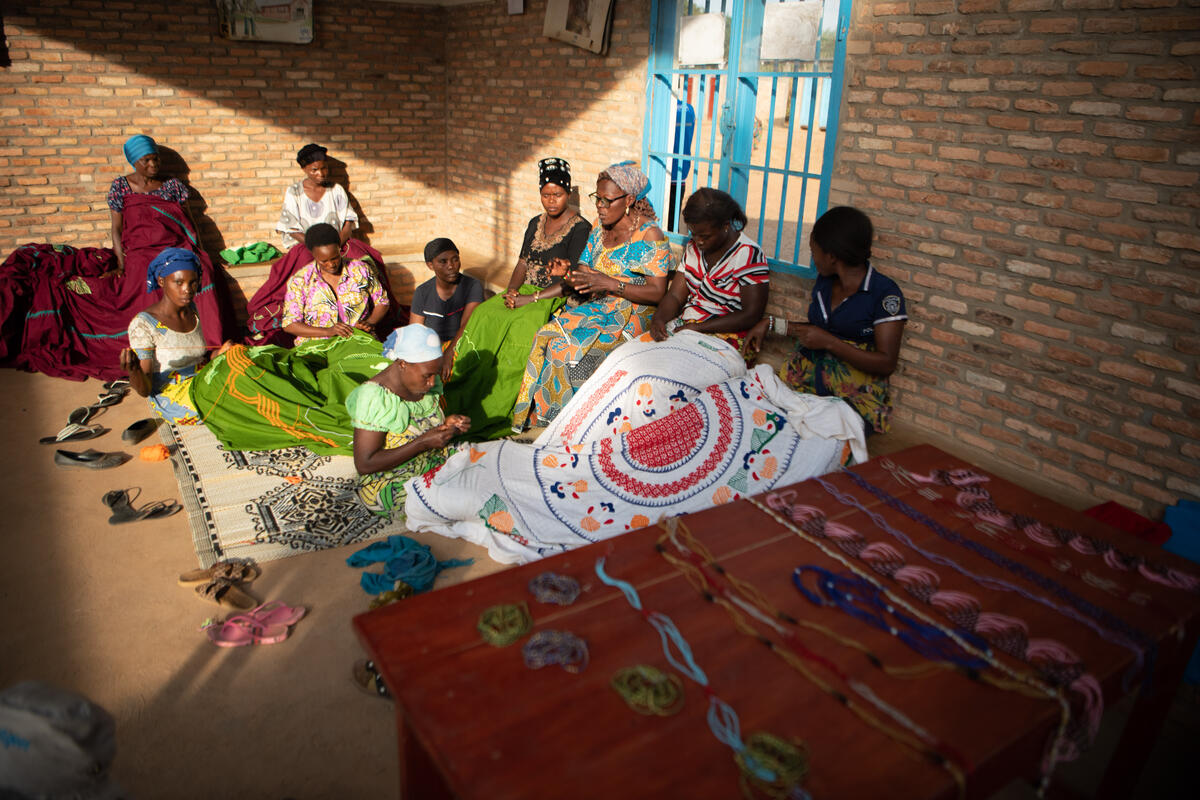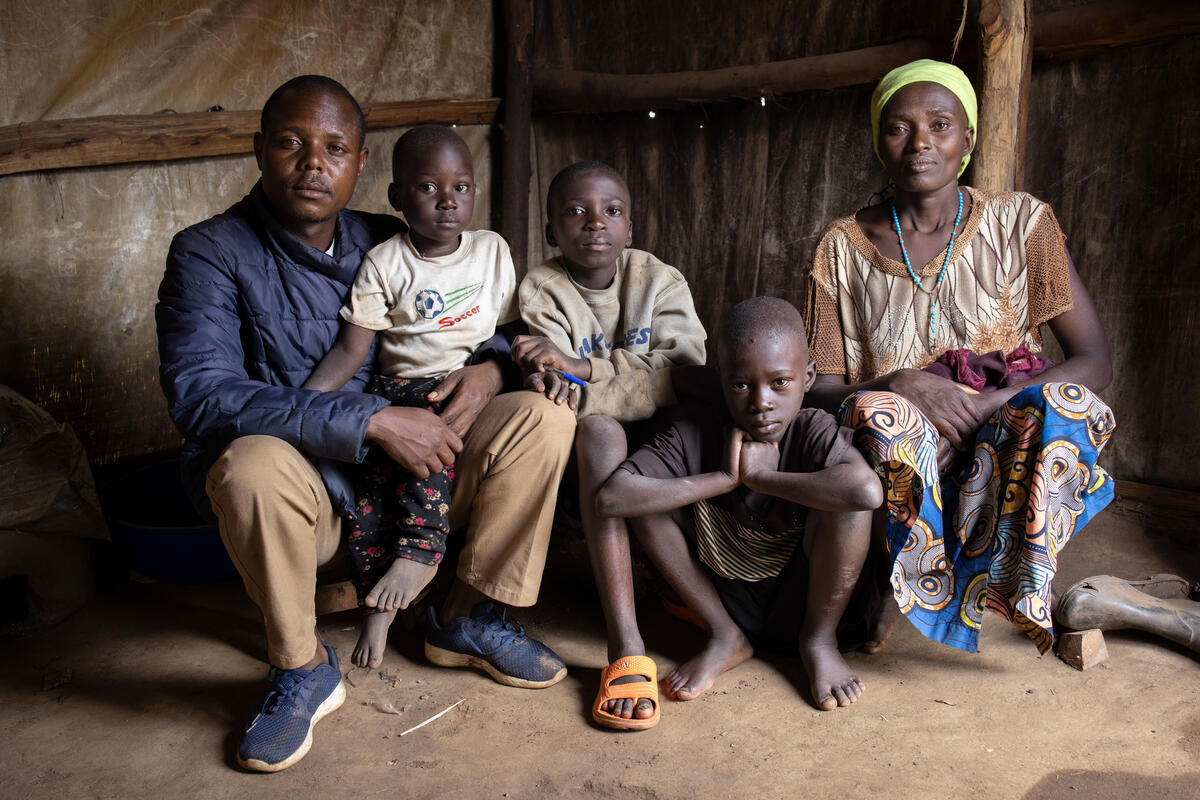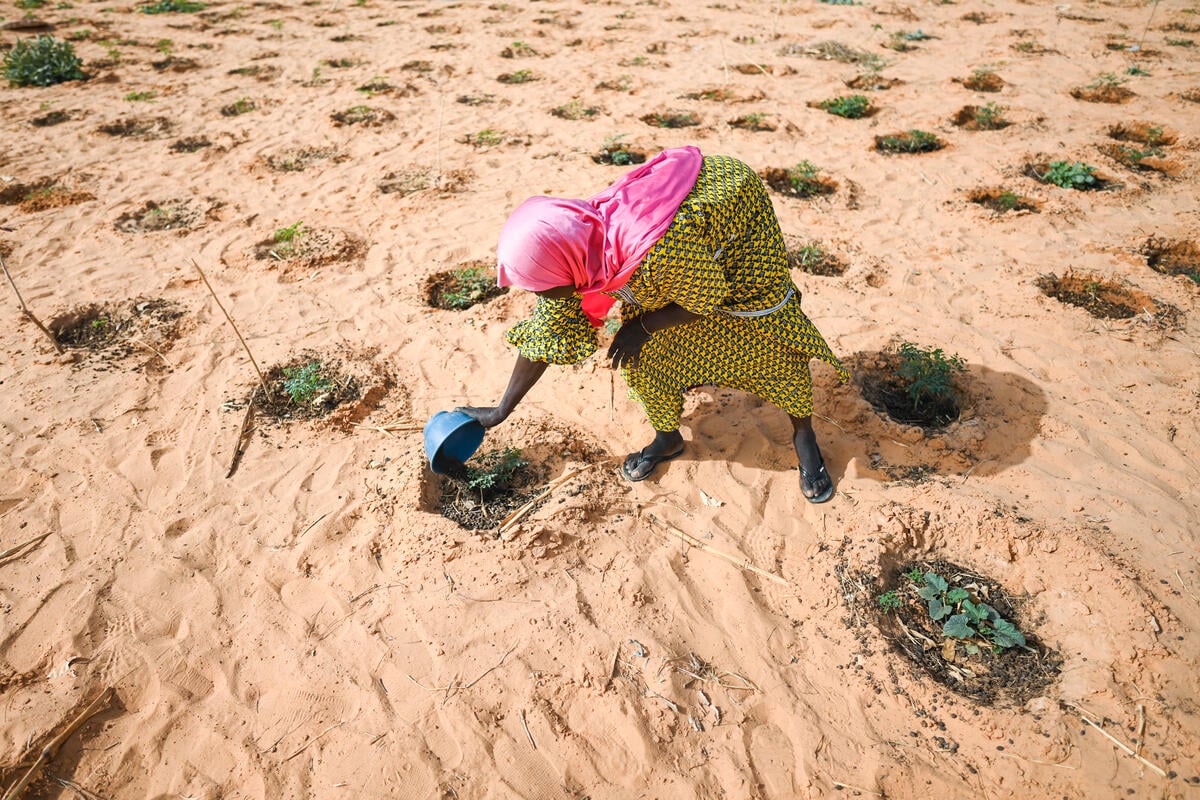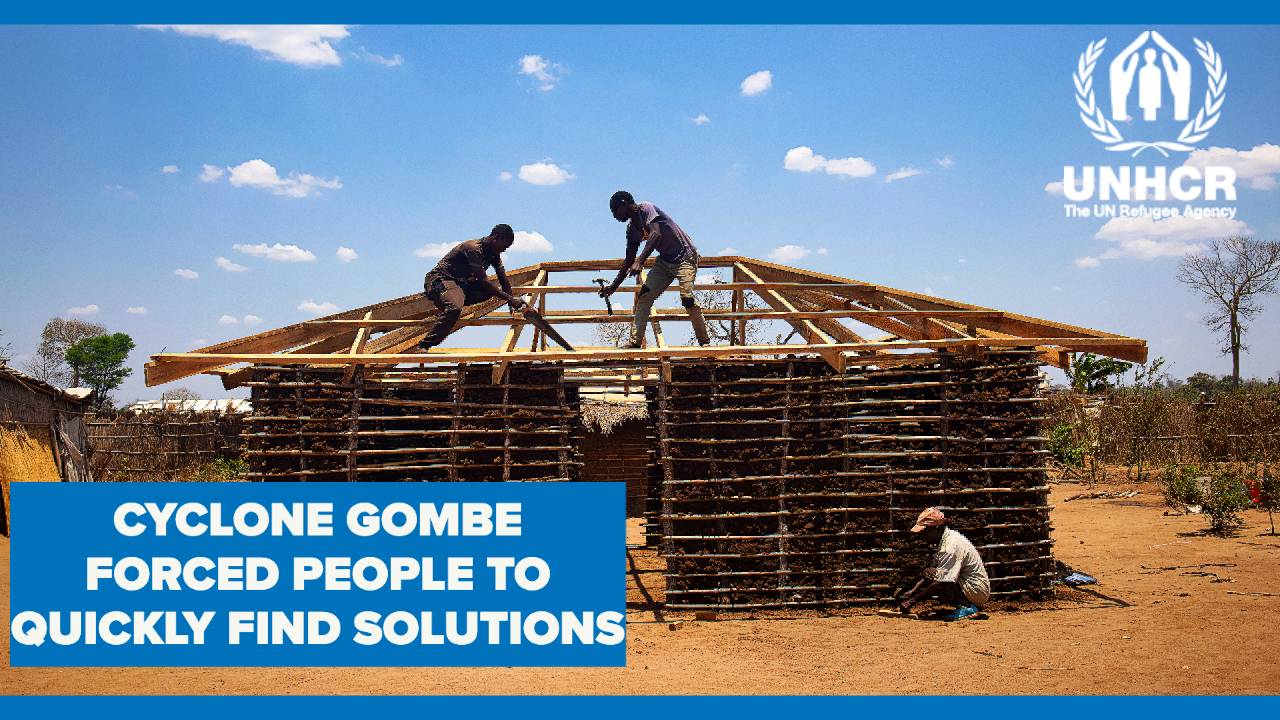Collective efforts needed to protect internally displaced people
Collective efforts needed to protect internally displaced people
There are over 53 million internally displaced people in the world today who are living in countries devastated by conflict, violence and disasters.
With internal displacement rising for the 15th straight year and complex emergencies emerging or continuing in countries such as Ukraine, Ethiopia and Afghanistan, humanitarian aid has been more important than ever in helping people affected by crises, with protection and assistance, and paving the way to solutions.
On World Humanitarian Day today, we pay tribute to aid workers across the world, working in countries affected by humanitarian crises and internal displacement. We honour those who have been harmed or have lost their lives in service of humanity and acknowledge with gratitude those who continue to serve in risky and complex settings.
Internally displaced people are among those most vulnerable in the world today, having been forced to flee their homes but often remaining close to or trapped in zones of conflict, or at risk of physical attack or deprived of adequate shelter, food and health services.
In the face of these challenges as well as the growing number of deaths and injuries from attacks against humanitarian personnel, protection and humanitarian access are vital for aid workers and affected communities alike.
UNHCR and the Special Rapporteur call on States, in compliance with international humanitarian law, to ensure the security and protection of all humanitarian personnel, spare the civilian population from the effects of hostilities, including accountability for harm, and ensure that humanitarians have sustainable and holistic access to the populations in need and vice versa.
Noting the rise in the gravity and intensity of internal displacement throughout the world, the international humanitarian community must work hand in hand with those who are affected. The first to respond and remain on the ground include local and national authorities, emergency services and many segments of civil society: affected populations, teachers, drivers, counsellors, health workers, legal professionals, human rights defenders, volunteer organizations, NGOs, national human rights institutions, and many more.
As an inter-connected global community, we must work together to protect those who are forcibly displaced within their own country.


